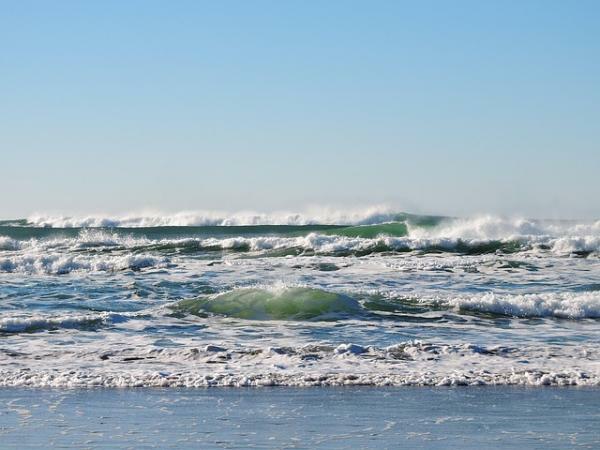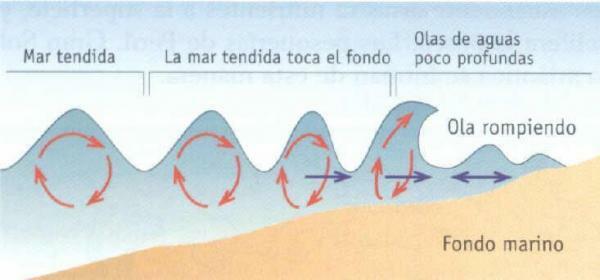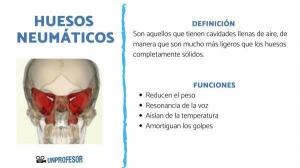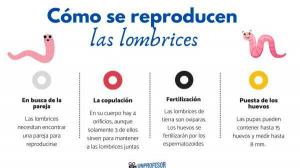Why are there waves in the sea

One of the most curious things about the sea is the formation of the waves. We cannot stop observing their movement, and wondering how they come to be formed and the causes that create them. That is why in this lesson from a TEACHER we are going to talk about why are there waves in the sea so that, thus, we can better understand the formation of our blue planet.
The waves are waves that move through the surfaces of elements formed by water, such as the sea, lakes or rivers. The waves travel for kilometers on the surface of the sea, varying their speeds greatly, and generally dying on the beaches when they collide with the shores.
The origin of the waves is the wind. The friction generated by the wind against the sea leads to the dragging of some drops on others, the more drops accumulate, the greater the size of the wave. can we talk about two phases in the creation of the waves, the first being the capillary waves, that is, when the surface stops being smooth and ripples appear, this causes the second phase to appear, the gravitational waves.
The size of the wave depends on the force emitted by the wind, the waves being much larger when the wind blows over many kilometers, creating waves of up to 15 meters.
The wave can be produced by many different causes, among which we can find the following:
- The effect of the wind on the sea, the most common cause. These waves, once in motion, it does not matter if the wind stops, they will continue to advance
- Tsunamis or tidal waves
- Tides
- Special currents
- Eruptions volcanoes, both terrestrial and marine

Image: Art Surf Camp
Continuing with the lesson of why there are waves in the sea, we must talk about the different effects that waves have against the beaches with which they collide every day. There are mainly two effects that waves can cause:
- Destructive effect: High waves, those in which the wind has been carried for many kilometers in their formation, can displace the waves. elements of the beaches and create currents at the bottom of the sea, this causes the beach to erode, resulting in an effect destructive.
- Constructive effect: Small waves have a very different effect than destructive ones. The elements that make up the beaches tend to move very little, and very close to the shores, accumulating the sand in the upper part of the beach and "building" dry beaches.
To know the size and speed of the waves we must know the intensity, duration and direction of the wind. And, for this, we can use the Douglas scale that indicates the state of the sea.
The Douglas Scale is divided into 9 degrees that classify the state of the sea, depending on the different factors mentioned above, the 9 degrees are the following:
- 0 / Calm: Sea in total calm.
- 1 / Rippled Sea: The sea has some ripples.
- 2 / Marejadilla: Some short waves are formed, which create some foam when breaking.
- 3 / Swell: Long waves with foam crest.
- 4 / Strong swell: Longer waves are formed, with foam ridges everywhere.
- 5 / Thick: High waves begin to form, white foam forms a large part of the surface.
- 6 / Very thick: The sea is upset.
- 7 / Arborada: The height and length of the waves and crests increase considerably.
- 8 / Mountainous: High waves with long ridges.
- 9 / Huge: The waves get so high that sometimes the boats disappear from view.



